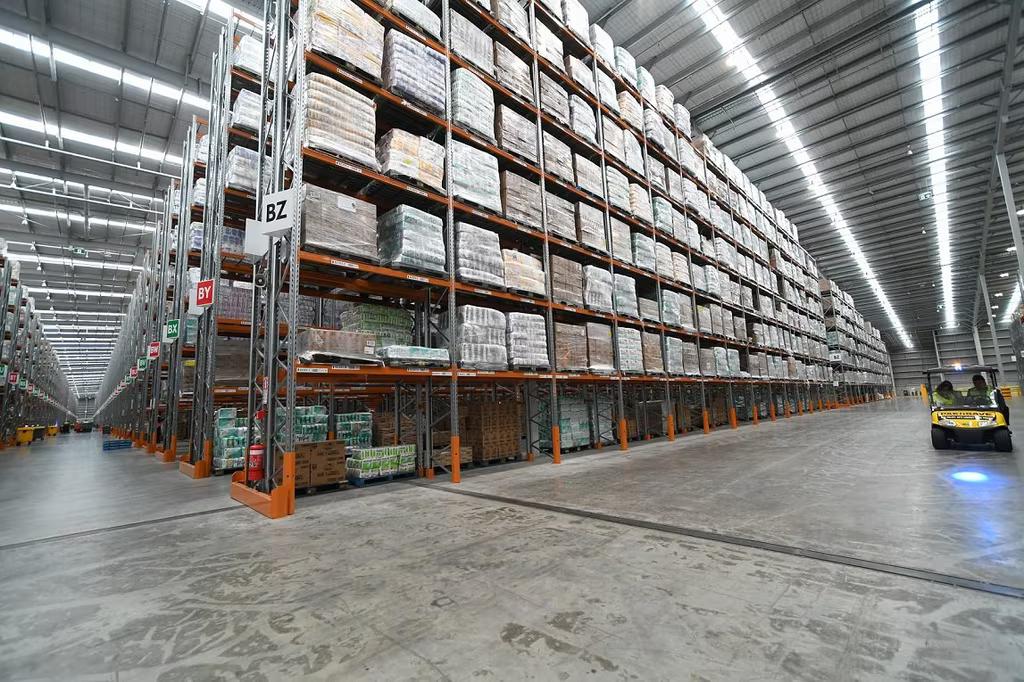
Media Release: Costs from grocery suppliers to supermarkets increase 3.0%pa in April
Supplier cost increases to supermarkets slowed further in April, but costs are still rising, with the Infometrics-Foodstuffs New Zealand Grocery Supplier Cost Index (GSCI) showing an average 3.0% increase in what suppliers charged Foodstuffs supermarkets for goods in April 2024 compared to a year ago.
“Supplier costs continue to rise, but at a more moderate pace,” says Infometrics Chief Executive and Principal Economist Brad Olsen. “Trends in supplier costs and input cost indicators in April remained consistent with a continued slowdown in cost pressures in 2024. However, as previously signalled, supplier cost increases look likely to stabilise at a higher-than-previous pace.”
The Infometrics-Foodstuffs New Zealand Grocery Supplier Cost Index (GSCI), commissioned by Foodstuffs New Zealand, measures the change in the list cost of grocery goods charged by suppliers to the Foodstuffs North Island and Foodstuffs South Island co-operatives. The Index utilises detailed Foodstuffs NZ data across over 60,000 products the Foodstuffs co-ops buy to stock in their 500+ stores, making it the largest dataset of its type in New Zealand, to give a real-time view on supplier cost changes.
Every month, the Index tracks what it costs supermarkets to buy the goods to put on the shelf. Previous analysis shows that supplier costs are the major component of supermarket prices, representing two-thirds of the on-shelf price.
“The number of items increasing in cost month-on-month remains substantially elevated compared to when cost pressures were less intense, with around double the number of increases appearing as a new standard. Produce cost increases are less intense than a year ago, as supply has improved after the Auckland floods and Cyclone Gabrielle, but other products remain under continued cost pressure.”
Nearly all departments showed an increase in supplier costs in April compared to the same month in 2023, says Mr Olsen. “Excluding tobacco, bakery costs increased the most, by 4.3%. Frozen foods saw above average increases too, with higher costs for frozen meats, mixed vegetables, and frozen meals. Produce costs saw the lowest year-on-year rise, at just 1.1%, with bananas, tomatoes, and other fruits keeping cost growth restrained.”
“Just under 3,000 items increased in cost in April 2024 compared to a month before, around double the number of items that rose in cost in the same month of 2021,” says Mr Olsen. “However, the number of monthly cost increases at present is below the more than 5,000 per month recorded on average in 2022 and early 2023.” Nearly 10% of April’s cost increases were rises of more than 20%, compared to just under 7% of increases being of the same magnitude back in April 2021.
ENDS
Note:
The Infometrics-Foodstuffs New Zealand Grocery Supplier Cost Index (GSCI), commissioned by Foodstuffs New Zealand, measures the change in the list cost of grocery goods charged by suppliers to the Foodstuffs North and South Island cooperatives.
List cost refers to the cost suppliers charge retailers before trade spend is applied; trade spend being any form of discount provided by a supplier to allow their goods to be discounted.
The Index utilises detailed Foodstuffs NZ data, across over 60,000 products, analysed by independent economics consultancy Infometrics to produce the GSCI and publish it on a monthly basis. For more details see www.infometrics.co.nz/product/grocery-supplier-cost-index.








